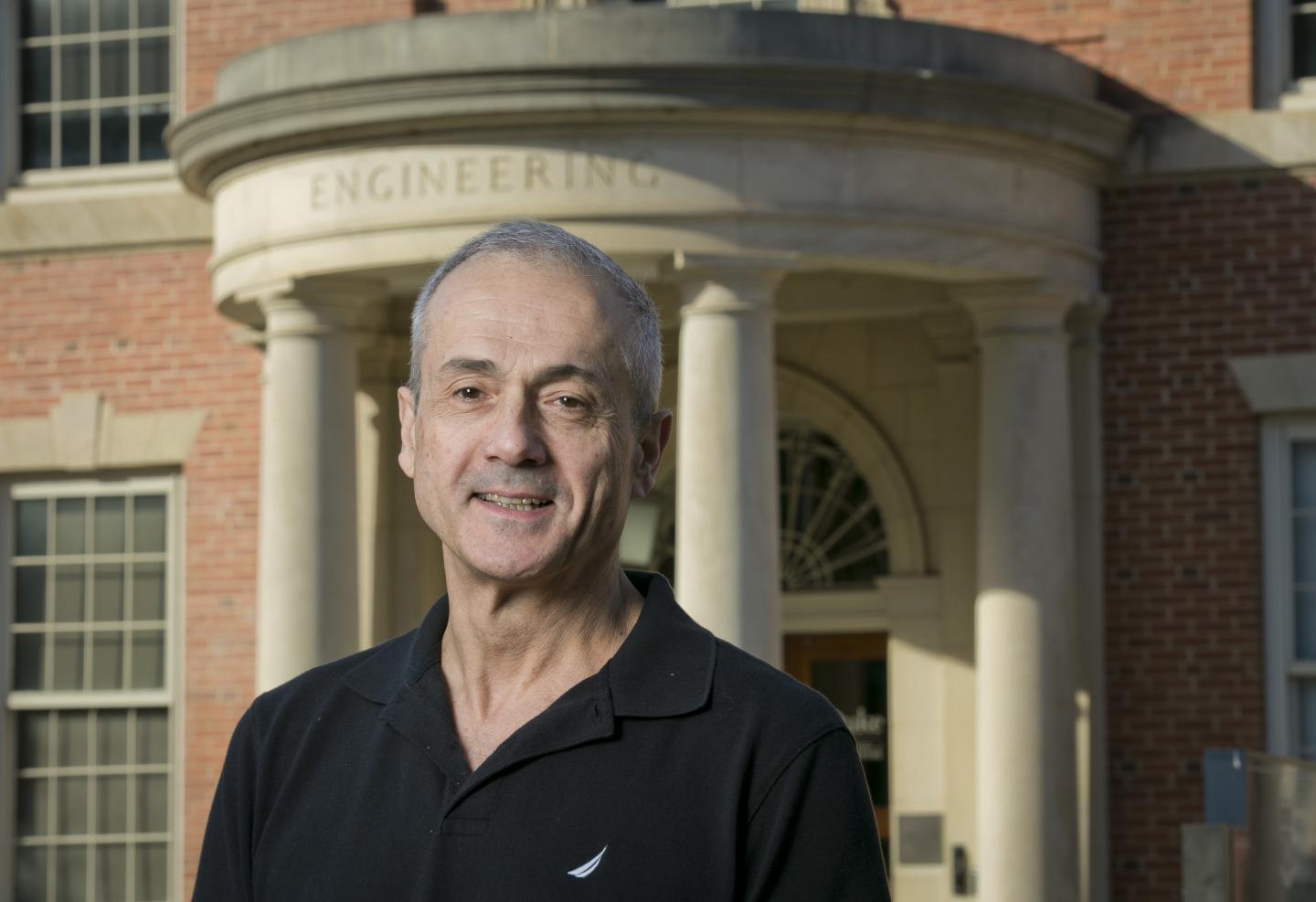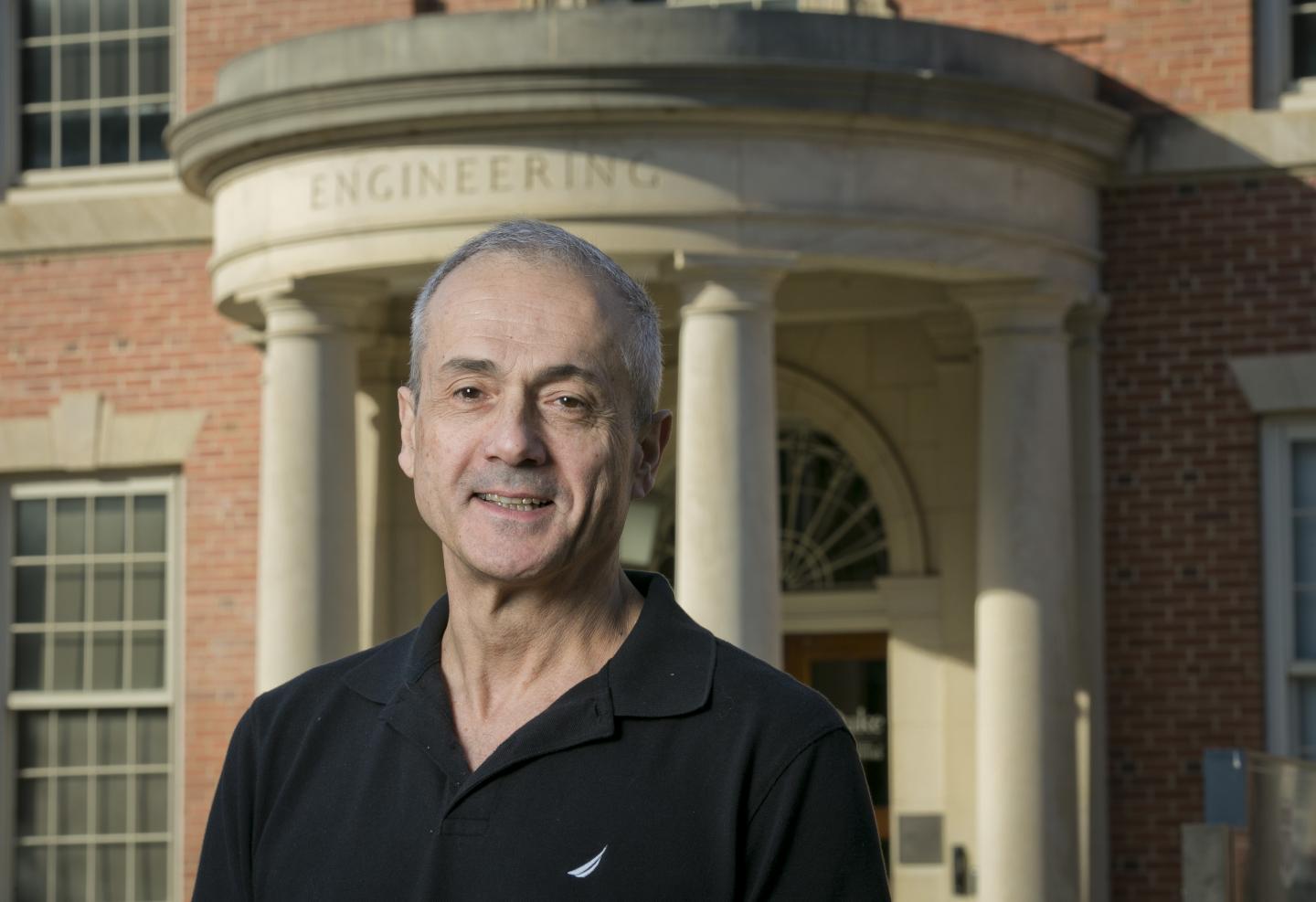
Credit: Duke University
DURHAM, N.C. – Over the long-run, the race will indeed go to the slower, steadier animal.
"The fable of 'The Tortoise and the Hare' is a metaphor about life, not a story about a race," said Adrian Bejan, the J.A. Jones Professor of Mechanical Engineering at Duke University. "We see in animal life two starkly different lifestyles — one with nearly steady feeding and daily sleep and another with short bursts of intermittent feeding interspersed with day-long siestas. Both of these patterns are the rhythms of living that Aesop taught."
In the iconic parable, Aesop tells of a race between a fast but often-distracted hare and a slow but relentless tortoise. Readers are supposed to be surprised when the tortoise manages to defeat the hare, coining the phrase "slow and steady wins the race." But according to Bejan's new analysis, they shouldn't be.
Published on August 27 in the journal Scientific Reports, Bejan analyzes the reported speeds of animals based on land, air and water. The results show that some of the world's fastest animals are actually some of the slowest when their movements are averaged throughout their lifetimes.
Bejan then goes on to demonstrate that this counterintuitive result is also true of the modern aviation industry. With data from hundreds of historical airplane models in hand, Bejan shows that the general trend in their design is for size and speed to increase hand-in-hand.
Except, that is, for the modern jet fighter.
Just like in the animal world, the jet fighter may be faster than other airplanes in short bursts, but it spends much of its time grounded. When averaged over its service lifetime, jet fighters are surprisingly slow when compared to models designed for transport or reconnaissance.
The study emerged as a consequence of a previous paper that used Bejan's constructal theory to show that all animals' speeds tend to rise along with their body mass and adhere to a similar ratio. For example, the stride frequency of running vertebrates bears the same relationship to the animals' mass as does the rate at which fish swim. Similarly, the velocity of runners conforms to the same principles as the speed of birds in flight. These models can be used to predict future evolutionary trends and design directions for aircraft and other vehicles.
"When I would give speeches on this topic, somebody would always bring up outliers to this principle such as the cheetah as counterexamples," said Bejan. "But this study shows that these 'outliers' are to be expected and, when looked at over their lifetimes, are not so different from their lumbering cousins after all."
###
This research was supported by the National Science Foundation.
"The fastest animals and vehicles are neither the biggest nor the fastest over lifetime," A. Bejan, Ü. Güne?, J. D. Charles & B. Sahin. Scientific Reports, DATE 2018. DOI: 10.1038/s41598-018-30303-1
Media Contact
Ken Kingery
[email protected]
919-660-8414
@DukeU
http://www.duke.edu
Related Journal Article
http://dx.doi.org/10.1038/s41598-018-30303-1





